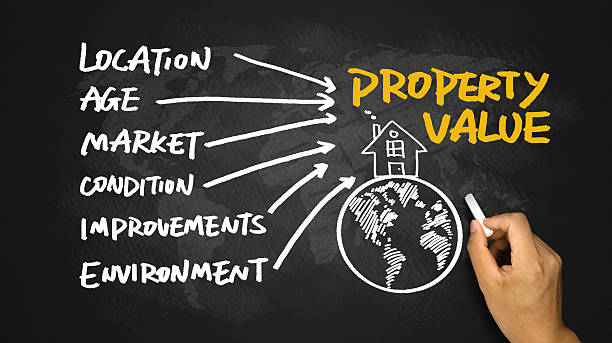When it comes to property investment, the value of a home or building is influenced by more than just its size, design, or condition. One of the most important factors that can shape property value over time is the surrounding environment. Whether it’s the neighborhood vibe, local amenities, or future developments nearby, your property’s location and surroundings can significantly affect its market worth. Understanding how these elements interact can help homeowners and buyers make smarter decisions and protect their investment.
The Role of Neighborhood Character in Property Value
One of the first things potential buyers notice is the character and atmosphere of the neighborhood. A vibrant, well-maintained area with friendly residents, green spaces, and good safety records often commands higher property prices. Conversely, neighborhoods with visible neglect, crime issues, or lack of community spirit can depress values.
Neighborhood appeal is not just about aesthetics but also about the intangible sense of belonging and pride that residents feel. Well-kept streets, active community groups, and local events contribute positively to this dynamic. This is why some areas remain desirable over decades, consistently holding or increasing their value, while others stagnate or decline.
Access to Amenities and Services
Convenience plays a huge role in determining property values. Homes near schools, shops, parks, public transport links, and healthcare facilities are typically more attractive to buyers and renters. Easy access to these amenities can make daily life simpler and more enjoyable, boosting demand and pushing prices up.
For example, properties located within walking distance to bustling high streets or near popular leisure facilities often retain stronger value growth. Over time, new amenities opening in the area, such as a community center, new transport routes, or shopping complexes, can raise property values further as the area becomes more desirable.
The Impact of Future Developments
While current surroundings matter, potential future changes also heavily influence property values. Planned developments like new transport infrastructure, commercial hubs, or residential projects can significantly enhance an area’s appeal. However, not all developments are positive;industrial expansions or plans that increase traffic congestion may deter buyers and lower values.
Homebuyers and investors often watch local planning proposals and council strategies carefully. Being aware of upcoming projects allows them to anticipate how the neighborhood might evolve. estate agents bishopston can provide invaluable insights into such developments in specific localities, helping buyers understand both the opportunities and risks connected to future changes.
Environmental Quality and Green Spaces
The presence of parks, rivers, or natural reserves nearby often enhances property appeal. Access to nature is linked to better mental health and quality of life, which buyers increasingly prioritize. Areas with clean air, low noise pollution, and well-maintained green spaces tend to have more stable property values.
On the other hand, proximity to environmental hazards like flood zones, industrial sites, or areas with poor air quality can suppress property values. Homeowners should research these factors when purchasing, as they can affect insurance costs and long-term desirability.
Social and Economic Trends
The social and economic dynamics of a region can transform its property market over time. For instance, neighborhoods experiencing economic growth, rising employment rates, or demographic shifts often see property values increase. Conversely, areas facing economic decline or population loss might suffer falling prices.
Community investment, local government initiatives, and business growth all play roles in shaping these trends. Keeping informed about the broader economic health of an area helps homeowners anticipate changes and make better property decisions.
Maintaining Value Through Surrounding Upkeep
Even if a property itself is well-maintained, neglect or decline in the surrounding area can drag down its value. Property owners should consider their role in contributing to neighborhood upkeep;this might mean supporting local initiatives, reporting vandalism, or encouraging landscaping and cleanliness.
Collaborating with estate agents in Bedminster can also provide guidance on how to enhance property appeal by leveraging local community strengths and addressing challenges.
Conclusion
Your property’s value is intricately tied to its surroundings. From neighborhood character and local amenities to environmental quality and future developments, these external factors play a vital role in shaping market demand and prices over time. Staying informed and engaged with the community, alongside expert advice from local estate agents, can help protect and even increase your property investment in the long run.

